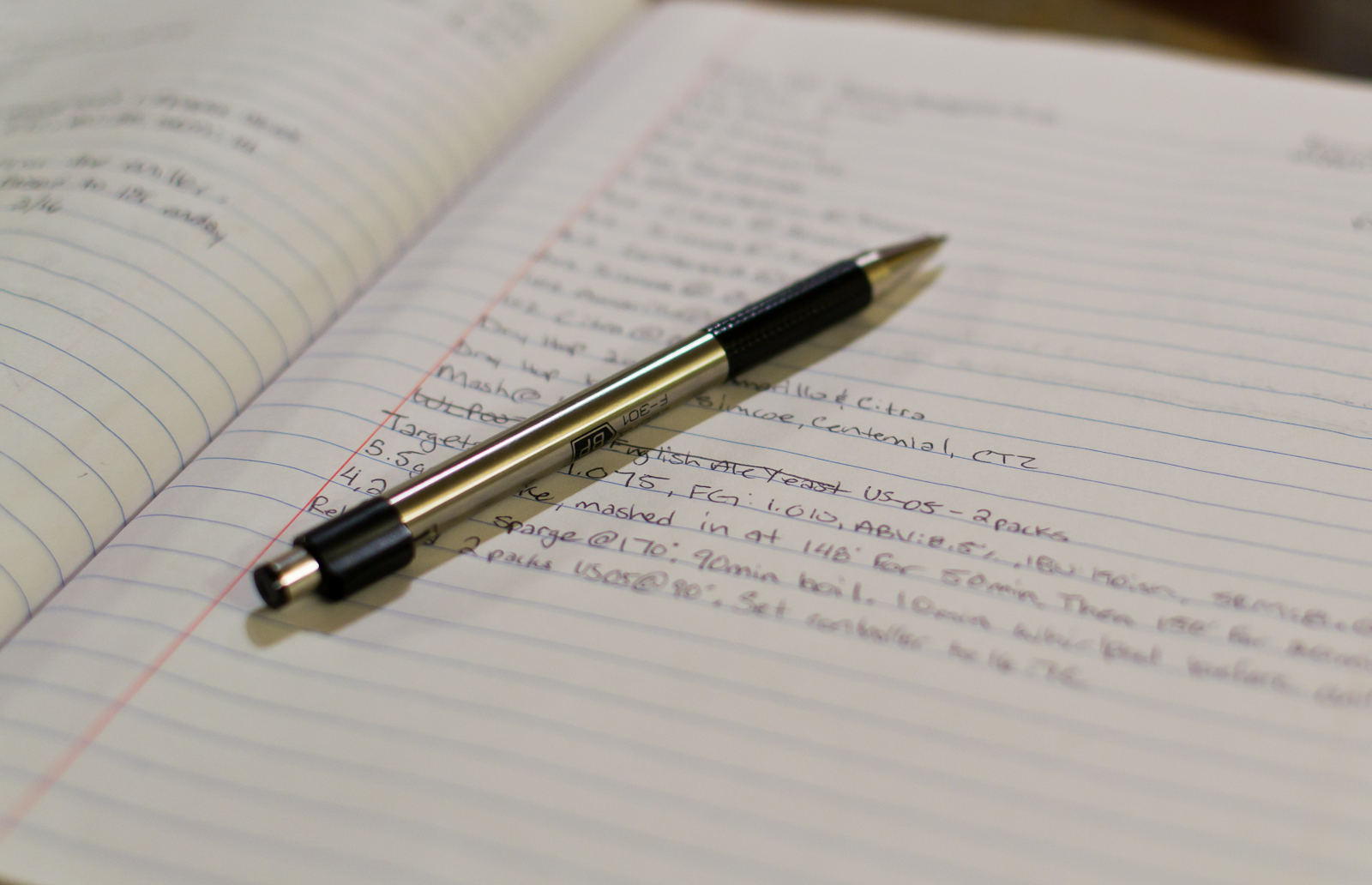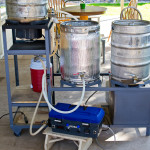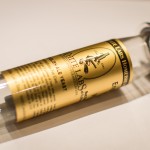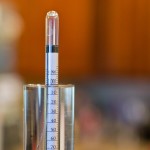How to keep better brewing logs

If you’ve been brewing for any period of time, you’ve certainly re-brewed a batch you’ve brewed before. Unfortunately, repeatability is one of the more challenging things for a home brewer. We, as home brewers, don’t brew the same beers day-in and day-out, and we often don’t have rock solid, repeatable processes during the brew day. I know I’ve had this issue myself, and it’s definitely something that bothers me. I’ve found that keeping better brewing logs can really help.
So here is a write up of how I keep brewing logs, and what I feel is important. Hopefully you’ll find a tip here that will help you keep better notes.
The Book
I like to use a composition book. You know, the black and white spotted ones we all used as kids. There are a few brands now that make them with plastic covers, which are much more splash proof than the cardboard ones. I dedicate a whole page to each batch, leaving plenty of room for notes.
The Essentials
At the top of every page I write the batch number, batch name, date it was brewed, and I leave space for the date it gets kegged (bottled). Finally on the right side, I write the OG, and leave room for the FG and ABV. These are the bits of information I find myself looking back to find the most, so I write it all up top.
The Recipe
Now that we have those taken care of, write down the recipe. This part isn’t rocket science, as most brewers already keep their recipes. Just jot down all the ingredients, how much you used, and when they get added.
The Targets
Below the recipe I write down what my target OG, FG, ABV, IBU, and SRM were. Immediately after you brew a batch, you’ll remember that you say, missed your OG by 4 points, but 7 months later when you look back at the recipe, you certainly won’t. That’s why I find it useful to write down what my targets were, as well as the results.
The Brew Day
Assuming we’re talking about all-grain, write down your strike water volume and temperature, as well as what temp the mash settled in at. Note how long you held the mash temp, and if you made any temperature adjustments to the mash (steps, mash-out, etc). Then write down your sparge water volume and temp, and the final pre-boil volume. Finally, note the length of the boil, and if you were early or late with any additions.
The Ferment
Whew! The brew day is over. This is where most people stop keeping good brewing logs, and where the important part begins. First write down the temp of the wort when you pitch your yeast, and how much yeast you pitched. I have a temperature controller fermentation chamber so every time I adjust the temp, I note it, but for those that don’t, note any temperature fluctuations or swings during fermentation, and on what day they occurred. Note how long fermentation took, and finally what day you racked to secondary, keg, or bottle.
The Evaluation
Now that our beer is packaged, evaluate the beer. What you liked, what you didn’t like, and what you think would make the beer better. It sounds silly to write these down, but months later, you won’t remember much about the beer, so it’s important. It’s really nice to look back at my brew logs and see that last time I brewed say my Pale Ale, I really liked the beer, but felt the mouth feel was just a little thin. My notes said to try bumping the mash temp a degree or two. Those are the nice little nuggets that are tough to remember.
Last thing: Process changes
Your brewing process isn’t something that you should write down; you’d be writing a novel every brew day. But….process changes are something you need to keep track of. Every time you try a new method, or get a new piece of equipment, write it down. You’ll want to be able to look back through your brew logs, and see if that change made a tangible difference after a few batches.




Keeping notes has greatly improved my brewDAY. Your post has reminded though that my notes are few to non existent after brewday. I really need to keep better notes on time of fermentation and tasting notes. I plan on doing this in future. Thanks for the insightful post!
This is something I am terrible at keeping up with. I generally use BeerSmith to keep track of everything but I don't have it with me when I'm actually brewing. I think I will be giving your method a try, especially since I will be doing some experiments in the near future. Thank you for the great information.
Glad to see you guys are able to take something away from it!